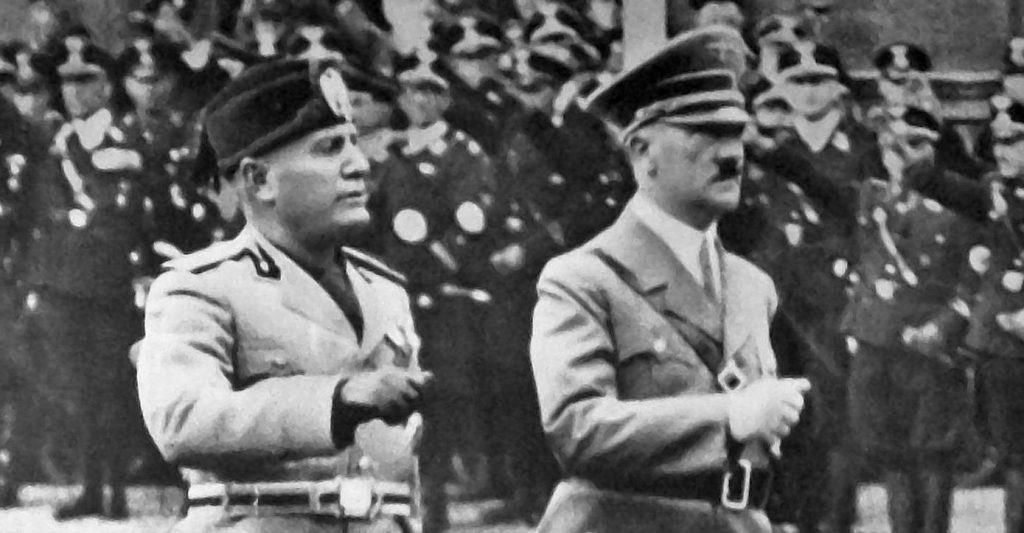
Many leadership scholars argue that people who rely on coercion to obtain results are not leaders but rather despots. Tyrants are not leaders; by definition, leaders are moral.
While this taxonomy is useful for examining truly persuasive leadership, it neglects the problems of power, authority, tyranny, and moral corruption. Defining the actions of tyrants as something outside of “true leadership,” diverts attention from some of the most important disasters that humans have encountered. Consequently, we fail to learn about mob mentality and moral corruption, and to understand how followers may be frightened or otherwise coerced into taking despicable actions on behalf of their leaders.
It is as important — perhaps more important — to understand morally corrupt persons who rely on coercion to obtain results as it is to understand good leadership.
Indeed, if we posit a do-no-harm rule as a minimal measure of good leadership, then understanding and preventing morally corrupt leadership is far more important than understanding good leadership. The fate of millions of lives has rested on such lack of understanding. More than this, understanding how authoritarians seized or were granted power and how they maintained authority — the institutions that enabled them to rise to power and sustain a position of power — is extremely important as a means to prevention.
Even for non-tyrants, coercion or potential coercion are ever-present characteristics of their leadership. People in positions of leadership are cloaked in authority and how they take advantage of — or distance themselves from — that authority speaks volumes about their leadership. They may eschew the authority associated with their position and attempt to level the field between leadership and non-leadership positions.
Alternatively, they may assert their authority at every possible occasion. They may use non-verbal attributes such as size, wealth, or status, to silence or coerce others. Those who lack authority or status may feel unable to point to weaknesses of the organization or the failings of the leader, with awful consequences.
Even in higher education, where lines of authority are blurred and power is distributed, leadership may involve coercion. For example, those who lack the status of tenure may be particularly vulnerable to those who exercise tenure or other forms of authority.
Of course, leaders do need to exercise authority to make and take responsibility for their decisions. Thus arises the Scylla and Charybdis of leadership. Perhaps the biggest challenge for positional leaders is to ensure that they do not overstep while they nonetheless retain their authority and the respect that their position deserves. In terms of coercion, they must be vigilant to ensure that consent is genuine rather than the unhappy acquiescence of those who lack status or other trappings of authority.
